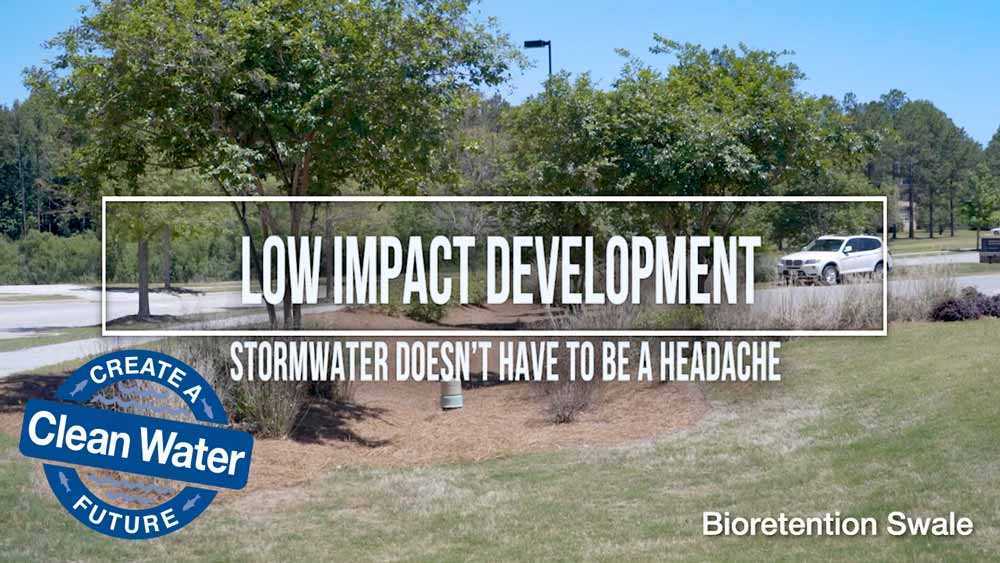Low Impact Development
Posted on Sep 21, 2021 in Video - MunicipalitiesNot sure what LID is? We've released a video about how Low Impact Development can help improve water quality by managing stormwater through planning and engineering designs that mimic natural processes.
Understanding the MS4 Process
Posted on Jul 13, 2021 in Video - MunicipalitiesOriginally produced by Blink! Media. a new edit of our popular MS4 training video geared toward city and county workers across the entire state. The video walks through the need and history of the MS4 program and the major requirements of the rule.
Protecting Alabama's Waters Video
Posted on Dec 02, 2020 in Video - MunicipalitiesJoe's Branch in the D'Olive Watershed in Baldwin County, Alabama, provides an instructive example of how Watershed Management Plans and seed money from ADEM 319 can bring together a range of stakeholders to address stormwater issues.
Why Is There a Pond in My Backyard
Posted on May 30, 2019 in VideoMaintenance Requirements for Detention & Retention Basins - A Production of the Mobile Bay National Estuary Program in conjunction with Cobia Digital describing how neighborhoods can maintain post-construction stormwater management facilities.
Subdivision Stormwater Pond Maintenance Video
Posted on May 30, 2019 in EducationIntroducing a new video for subdivision residents addressing the importance of stormwater pond maintenance, "Why Is There a Pond in My Backyard - Maintenance Requirements for Detention & Retention Basins ". The short 8 minute video was produced by The Mobile Bay National Estuary Program in assoc...
Stormwater & Pollution Video
Posted on May 17, 2019 in Education - VideoPollution in water is not only ugly, it can result in the death of a range of plants and animals and put our health at risk, too. If we want to know how to keep our water clean, we need to know what makes it dirty 70% of the earth's surface is covered by water, but only 3% of it ...




